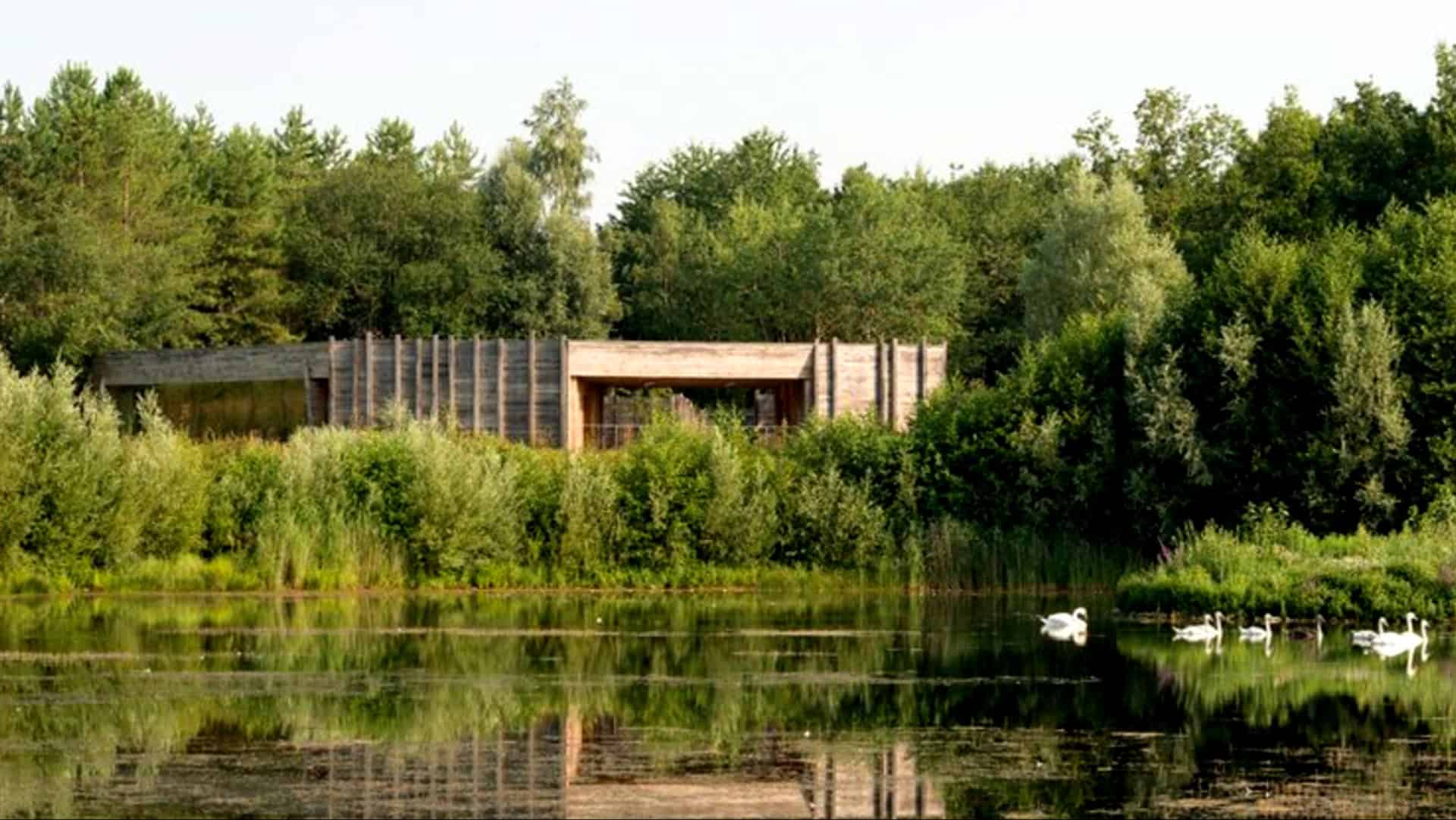Wetlands on your property can be both a blessing and a challenge.
They are vital ecosystems that support diverse wildlife, and with the right approach, they can enhance the beauty and value of your property.
Here, we explore 10 ways you can work with your wetland, ensuring that you preserve its natural beauty while integrating it into your landscape.
1. Plant Native Vegetation
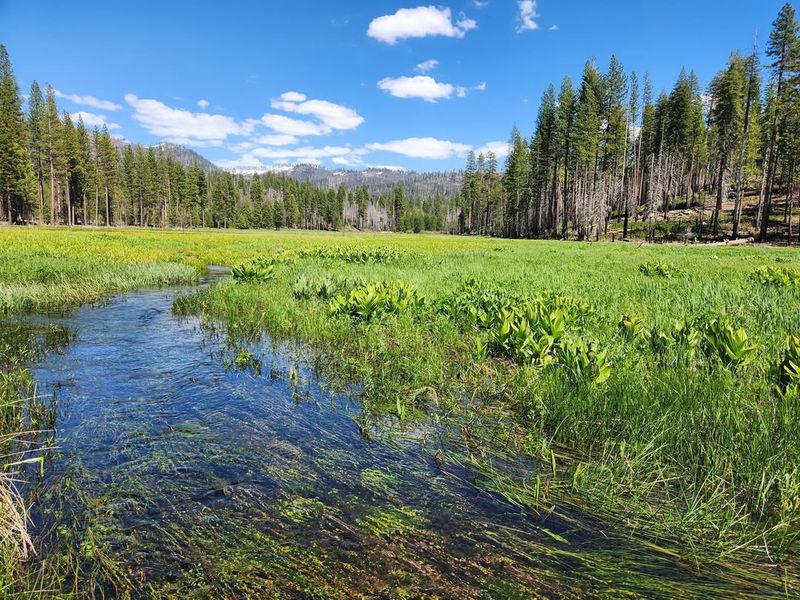
Native plants are adapted to the specific conditions of wetlands, providing habitat and food for local wildlife.
Planting species such as cattails and sedges can stabilize soil and enhance biodiversity.
Consider working with a local nursery that specializes in native wetland plants. This not only supports the ecosystem but also reduces maintenance costs.
Choose plants that bloom at different times of the year to ensure the area remains vibrant and attractive all year round.
2. Create Wildlife Habitats
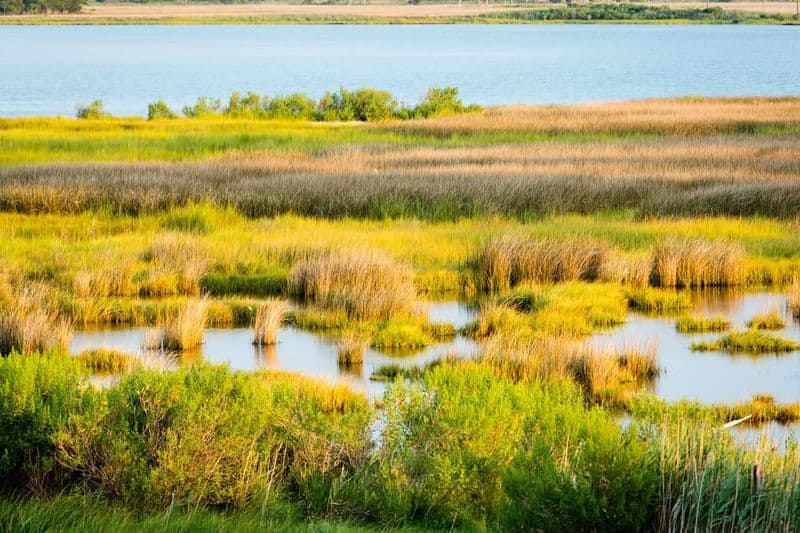
Wetlands are natural havens for wildlife, including birds, amphibians, and insects. Construct nesting boxes or platforms to encourage more species to take up residence.
Maintaining a diverse plant structure provides shelter and feeding opportunities for these creatures.
Observing different species in their natural habitat can be a rewarding experience, adding dynamic life to your property.
Encourage native birds by providing food sources and safe nesting areas.
3. Implement Buffer Zones
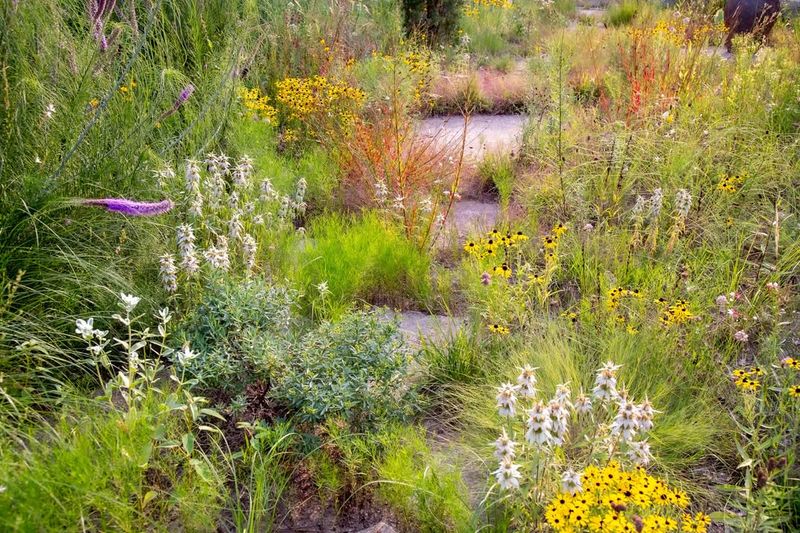
Buffer zones of native grasses and shrubs help filter runoff, reducing pollution entering the wetland. These areas also provide essential habitat for various species.
Establishing wide buffer zones can protect the wetland from external disturbances.
This not only supports water quality but also increases the aesthetic appeal of the area, giving a natural transition between land and water.
Encourage local biodiversity with carefully selected plants.
4. Monitor and Manage Water Levels
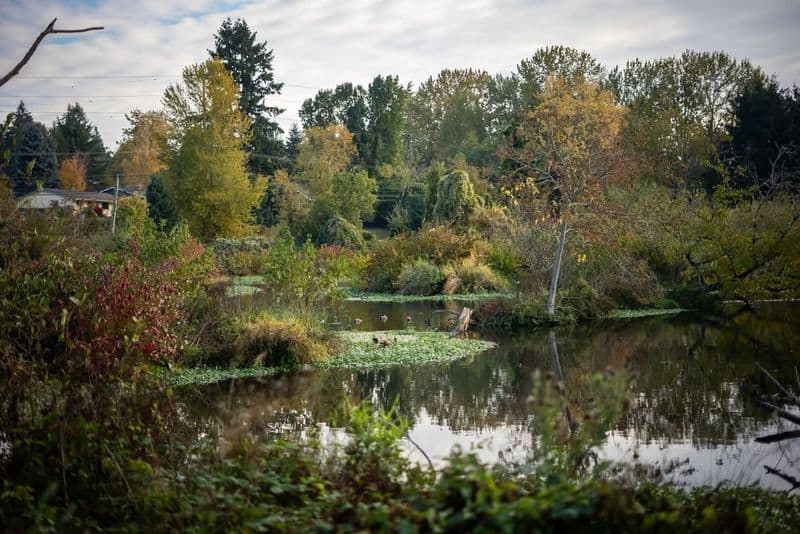
Maintaining proper water levels is crucial for wetland health. Install water gauges and regularly check water quality to prevent issues like flooding or drought.
Work with local environmental agencies to understand the natural cycles of your wetland.
Keeping water levels balanced supports diverse plant and animal life, ensuring the wetland remains a vibrant part of your property.
This proactive approach helps protect against unexpected environmental changes.
5. Prevent Invasive Species
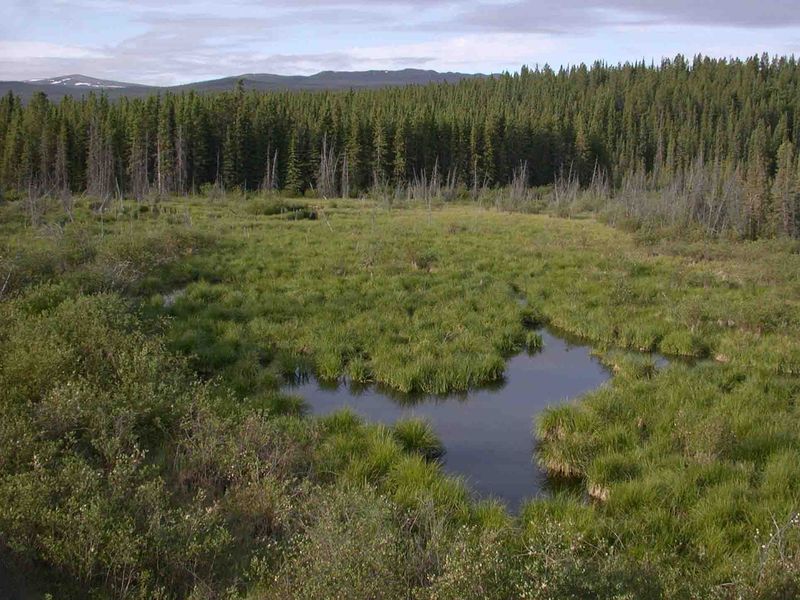
Invasive species can outcompete native plants, disrupting the ecosystem balance. Regularly inspect your wetland and remove invasive species promptly.
Learn to identify common invaders in your area, such as purple loosestrife or reed canary grass.
By keeping invasives at bay, you maintain the integrity of the wetland, supporting the growth of native species. This proactive approach ensures a healthy, thriving ecosystem.
6. Encourage Educational Activities
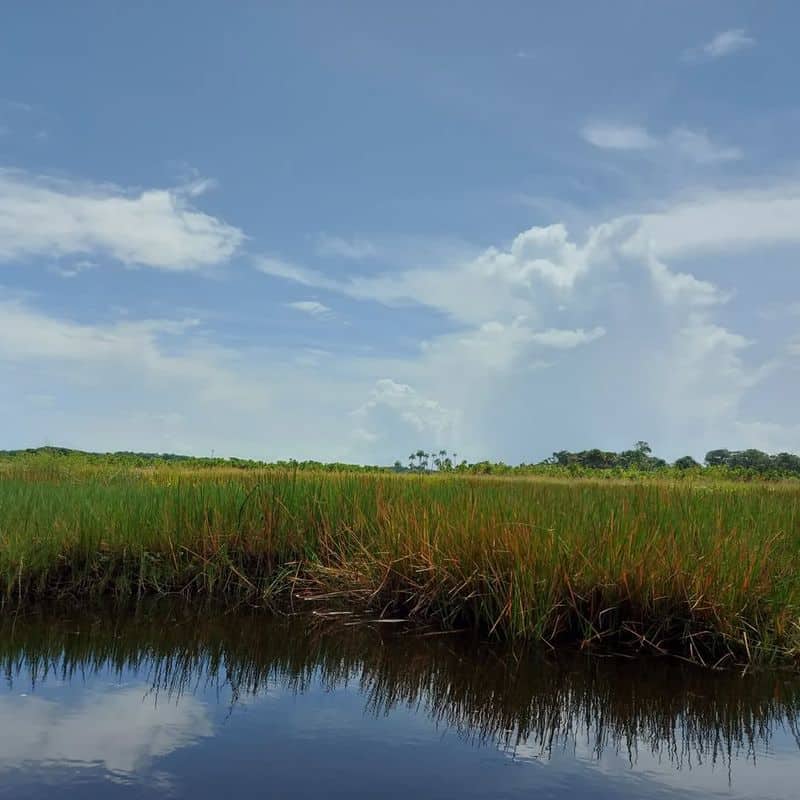
Wetlands provide excellent educational opportunities for all ages. Organize guided tours or workshops to teach others about the ecological importance of wetlands.
Collaborate with local schools and community groups to foster environmental awareness.
These activities not only educate but also inspire others to get involved in conservation efforts, creating a community that values and protects its natural resources.
7. Enhance Aesthetic Appeal
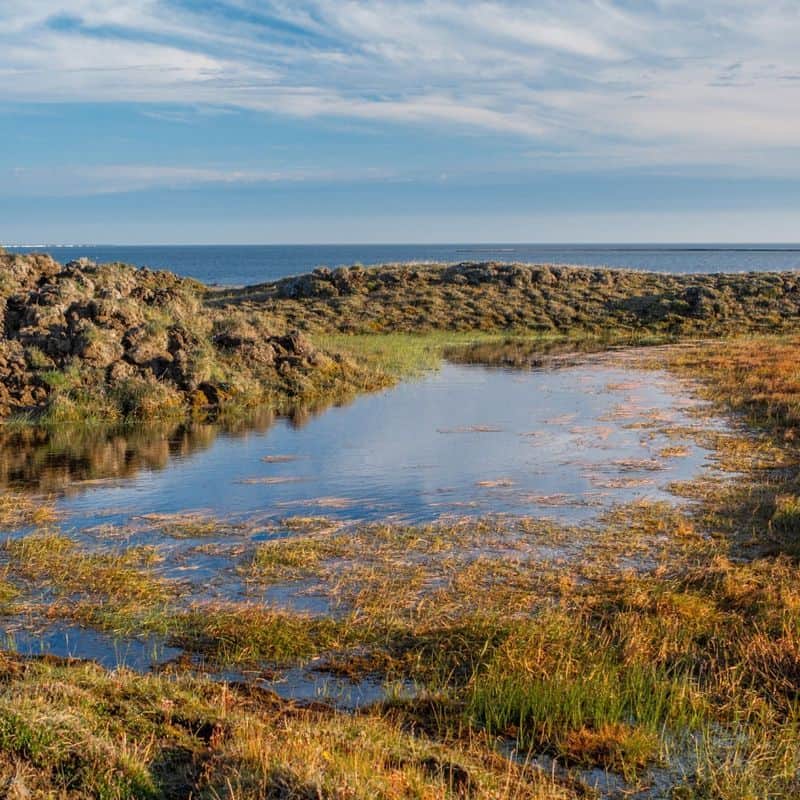
Incorporate design elements like pathways and seating areas to make the wetland more accessible and enjoyable. Use flowering plants to add color and attract pollinators.
Consider natural stone paths or wooden boardwalks to complement the wetland’s natural beauty.
These enhancements provide a peaceful retreat for relaxation, blending functionality with the ecosystem. Thoughtful design can transform your wetland into a stunning feature of your property.
8. Promote Biodiversity
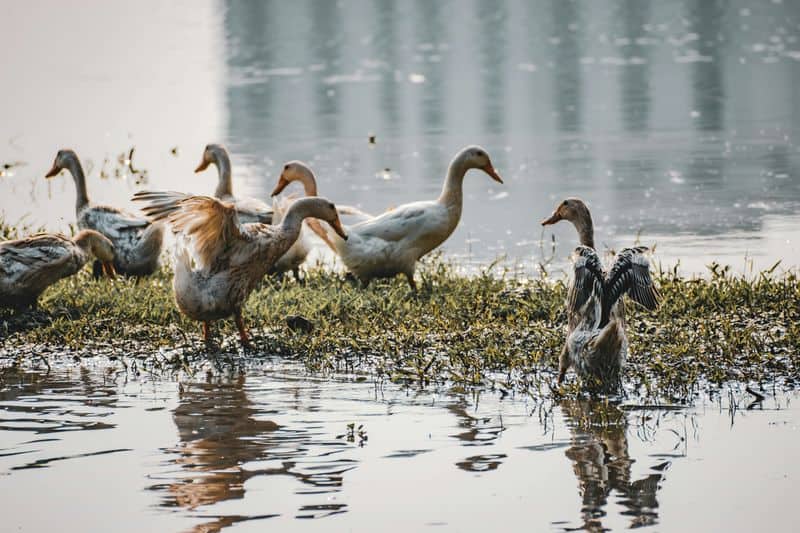
Rich biodiversity is a hallmark of healthy wetlands. Introduce a variety of plant and animal species, ensuring a balanced ecosystem.
Plant native wildflowers to attract butterflies and bees, and provide habitats for amphibians and reptiles.
Encourage a mix of species to create a dynamic environment that supports life across different levels, from the soil to the canopy.
This diversity makes your wetland resilient and vibrant.
9. Use Sustainable Practices
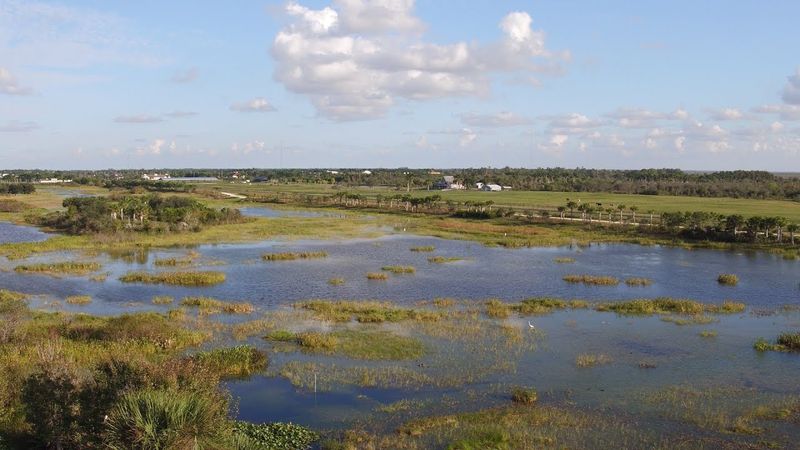
Apply sustainable land management practices to minimize environmental impact. Use eco-friendly fertilizers and pest control methods to protect water quality.
Implement practices that reduce erosion and soil compaction, supporting plant growth.
This ensures the long-term health and productivity of the wetland, aligning with broader conservation goals.
Sustainable practices contribute to a thriving ecosystem and enhance the natural beauty of your property.
10. Engage the Community
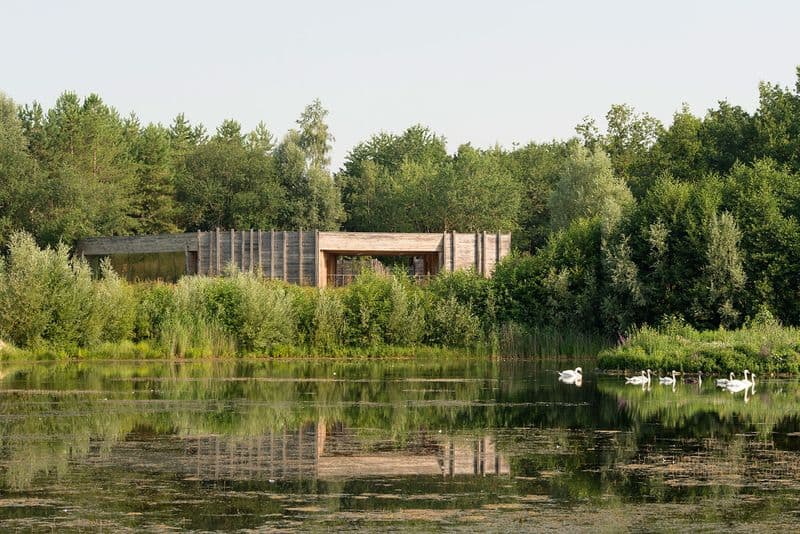
Community involvement strengthens conservation efforts. Encourage neighbors and local groups to participate in restoration projects.
Host events like clean-up days or native plant sales to foster community spirit.
Engaging the community creates a network of support for your wetland, ensuring its protection and appreciation for future generations.
A collaborative approach amplifies the impact of conservation efforts, benefiting both people and the environment.

